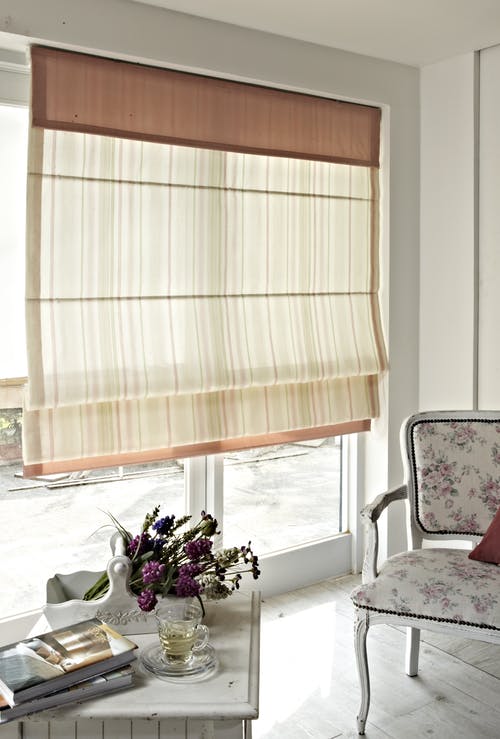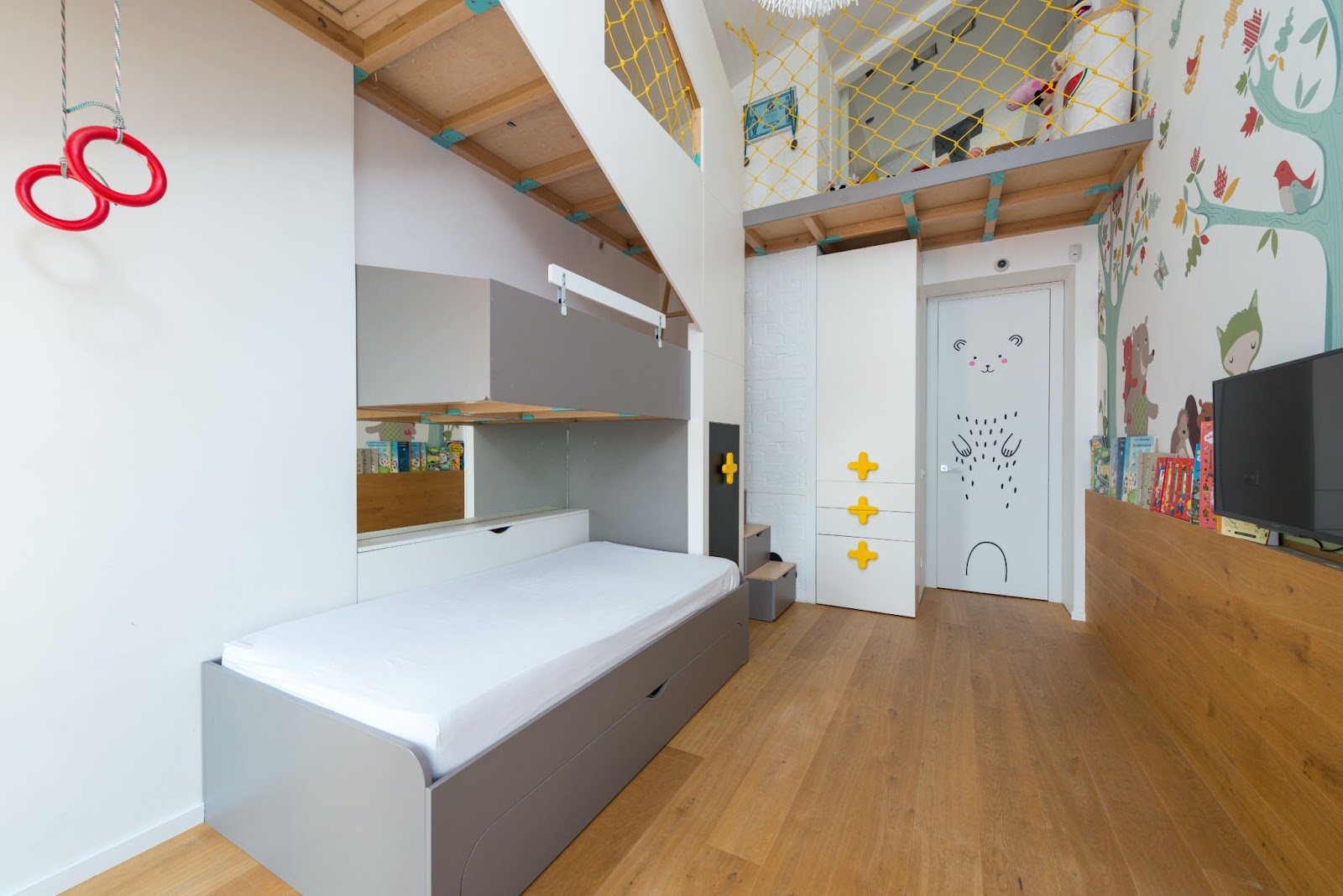Last Updated on: 21st November 2023, 11:19 pm
Is your house beginning to seem claustrophobic, as if it lacks purpose and maintenance of peace? You may have moved in with the intention of upgrading, but life stood in the way, and now your beloved house is no longer working for you. While looking for a new house may seem to be the one and only obvious option, in the growing real estate business, the more cost-effective investment is frequently a quality makeover.
Perhaps it appears that everyone is sitting on top of each other in a small space because there isn’t enough space to entertain everyone. What would you do if your family outgrows your house? Should you buy a second, larger house? Or should you work on enhancing the one you currently have?
It’s not an easy decision. That is why we have conducted some research and gleaned some personal and professional insights to ease your difficulty of outgrowing houses and what the best thing to do in response.
1. Renovate
If you’re limited on space and you are the lucky owner of the house, a makeover might assist. Just like applying quality eyelashes by your favorite eyelash suppliers instantly lifts your look without cutting anything. Renovating your house can be a mood changer apart from space increasing tactic if you don’t want to move.
If you do this in the right manner, it could also increase the value of your property in the long run. Consider the following types of renovations to remedy your space issues:
- Do you need more storage? Maybe a larger kitchen, living space, parking, or bedrooms?
- What style of the makeover is most suited to your property?
- Should you go up, out, or under?
- What about adding an upstairs bedroom? Or enclosing a verandah? Maybe turning a garage into more living space or a granny apartment? Why not extend the rear with more living space if you have adequate land?
According to some top renovation experts, the best rule of renovations is to prevent overcapitalizing. At the same time, ensure that you’re adding value with the proper kind of refurbishment for your neighborhood. If you’re hesitant, get a local real estate agent’s advice on your ideas.
2. Upsize
If you’re living in a small space, your initial inclination could be to move to a larger house. It is normal indeed and a wonderful option. Especially if you own a small home but are unable to make big changes to it.
For example, if it is a compact apartment or townhouse with limited capacity for renovation or extension. It’s also a terrific choice for renters who can’t make major improvements to their current home.
Do your homework beforehand, and consider the sales or rental market circumstances. This is because it is not always a good time to move up. Also, consider the medium and long-term future to ensure that the relocation is financially viable and meets your evolving lifestyle demands.
Upsizing may be costly in many ways. Such as when you consider the cost of a larger house, as well as taxes, moving expenses, fees, and even hidden charges. However, upsizing isn’t always the best option.
3. Rearrange
Sometimes all it takes is a little bit of fancy imagination. If you need more workspace, there are also ingenious DIY options. Take it as an example; placing a study desk in a cabinet. If the furniture doesn’t fit, would it be better (and very less expensive) to purchase smaller-scaled pieces? or have something custom-made but of good quality, rather than building a larger room? You can contact a reliable dining chairs supplier to order compact furniture for your small dining room.
While the kids may like having their own separate rooms, can they live without them in the short term? A combined sleeping room is ideal for young children. And luckily, if your young children share a room, will alternative furnishings (bunk beds) will make things easier to build up space?
Also, is there anything you can get rid of if you’re still having trouble with storage? Would a shed be beneficial to increase the space? Is it better to pay for a storage space someplace else? You will get ample space when answering all these questions.
4. To Not Move
Although the appeal of a newer property may entice you. Especially, if you live in Las Vegas and recently attended a property-related trade show displays Las Vegas. Well, relocating is frequently a far more costly exercise than making improvements to the home you currently own.
Whereas high-quality kitchen remodels may cost between thousands of dollars, depending on the size, the expense of relocating is sometimes significantly more than you might expect. There is no doubt that moving costs a lot of money. Including removalists, real estate agent fees, stamp duty, and whatnot.
Don’t forget that these fees will be incurred before you ever consider making any changes to your new property. At the same moment, it may be your ideal house from the start, it may not always be suitable for the entire family.
Wrapping Up
The easiest and least expensive of the four alternatives we discussed above is rearranging. If storage and space are an issue for the family members, you all love your house. Also, the location as well as wanting to avoid the significant financial expenditure required with either upsizing or remodeling, rearranging might be a fantastic place to start.
You may wind up remodeling or upsizing in the long run, but rearranging may suffice as a temporary solution for your expanding family. Let us know what worked the best for you if you already faced the above issue.









